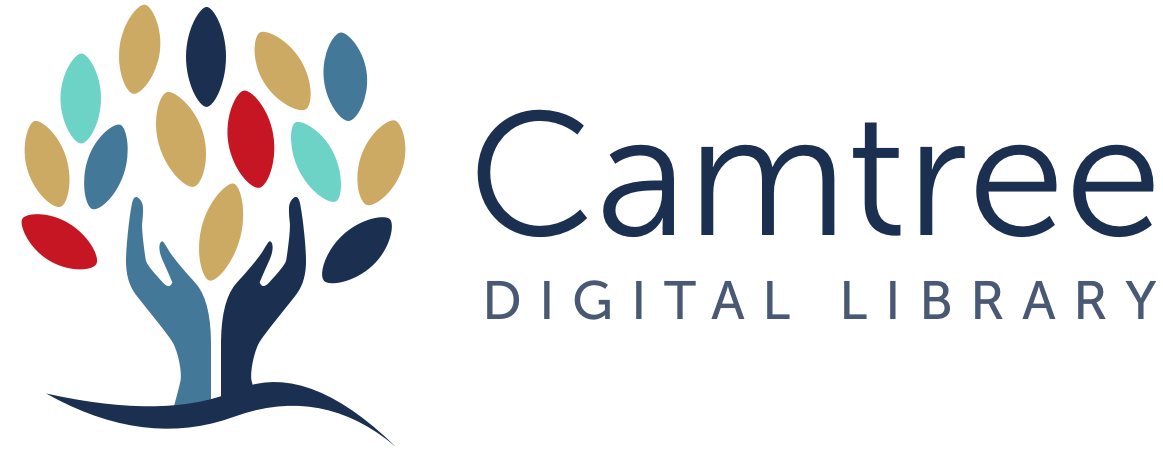Loading...
Using Teacher Effectiveness Enhancement Process as a vehicle to stimulate writing in KS2
Loxham, Stuart
Loxham, Stuart
Citations
Altmetric:
Authors
Date
2010
Educational Level
ISCED Level 1 Primary education
Curriculum Area
Geographical Setting
United Kingdom of Great Britain and Northern Ireland
Abstract
Background: The purpose of the study was to identify children who are likely to be borderline level 3A/level 4 writers at the end of Year 6, and to focus on sentence level work and grammatical awareness as early intervention.
Aims: The main aim is to identify and focus on children who are likely to be borderline level 3A/4 writers at the end of Year 6, and to use teaching and learning models such as TEEP to improve their writing skills.
Methods: The participants in this case study are teachers, teaching assistants, middle leaders, subject leaders, and a literacy consultant. They are all working together to identify and help children who are likely to be borderline level 3A/level 4 writers at the end of Year 6. Methods used include using TEEP, Grammar for Writing, Talk for Writing, video sharing websites, music and CDs, PPA time, staff meetings, and Literacy Consultant resources to focus on sentence level work and grammatical awareness. Role play, open ended questions, book-talk, and self assessment sheets were also used.
Findings: The main findings are that TEEP has been successful in increasing engagement levels and improving writing skills in the target group of children. It has also enabled teachers to use a wider range of mediums to stimulate the child's imagination and become more aware of different learning styles.
Implications: The findings suggest that using TEEP and other tools such as Grammar for Writing and Talk for Writing can help improve writing skills, increase engagement levels, and raise attainment in writing. It also highlights the importance of CPD, data tracking, and collaboration between teachers and teaching assistants.
Description
Keywords (free text)
Primary education,English - writing
